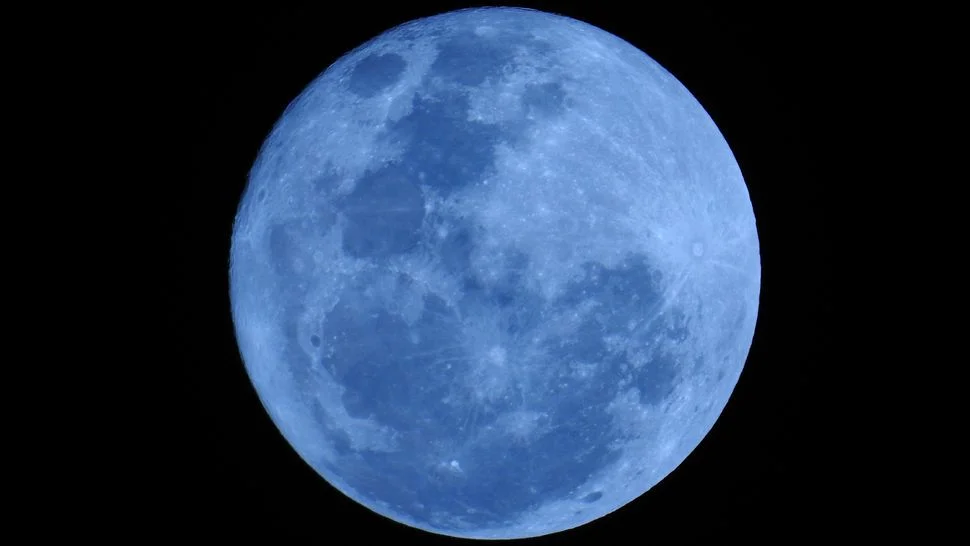The Moon may be 40 million years older than we thought
- October 23, 2023
- 0
New analysis of the fragments brought back to our Moon by the Apollo 17 astronauts revealed that our Moon is 4.46 billion years old; So it’s 40 million
New analysis of the fragments brought back to our Moon by the Apollo 17 astronauts revealed that our Moon is 4.46 billion years old; So it’s 40 million

New analysis of the fragments brought back to our Moon by the Apollo 17 astronauts revealed that our Moon is 4.46 billion years old; So it’s 40 million years older than we previously thought. Thus, the Moon was born 108 million years after the formation of the Solar System; Previous estimates put it at 60 million years. The scientists behind the analysis say a more precise age would help us better understand the history and evolution of both the Moon and Earth.
Professor Philip Heck from the University of Chicago, one of the authors of the study, said in his statement: “If there were no Moon, life on Earth would look different.” “This is a part of our natural system that we want to understand better, and our study is a small piece of the puzzle of the full picture.”
The prevailing theory, known as the giant impact hypothesis, proposes that the Moon formed as a result of the collision of a Mars-sized object and a young Earth. It is thought that this material, which exploded under the influence of gravity, created the Moon we see today. But exactly when this collision occurred and how long it took for the Moon to form is still an open question.
To reach this conclusion, scientists examined whether a mineral called “zircon” was found in the lunar samples brought to Earth by the last mission in 1972.Apollo“. Zircon crystals, which were first formed by the solidification of the Moon’s molten surface after the impact that gave birth to it, are thought to be the first solid materials to crystallize after the Moon’s formation. Thus, they were able to show signs of the Moon’s age.
“Since we know how old these crystals are, they serve as an anchor for lunar chronology,” Heck said.
To determine the age of the sample, researchers identified and mapped individuals. atoms in the example of a piece of the moon. First they “sharpened” it with a focused beam electrons“It’s almost like a very fancy pencil sharpener,” lead study author Jennica Greer, a research fellow at the University of Glasgow in the United Kingdom, said in the same statement.
His team then used a laser to evaporate atoms at the tip of a pointed sample and measured the speed of those atoms. “How fast they move tells us how heavy they are, which tells us what they’re made of,” Greer added.
Source: Port Altele
As an experienced journalist and author, Mary has been reporting on the latest news and trends for over 5 years. With a passion for uncovering the stories behind the headlines, Mary has earned a reputation as a trusted voice in the world of journalism. Her writing style is insightful, engaging and thought-provoking, as she takes a deep dive into the most pressing issues of our time.